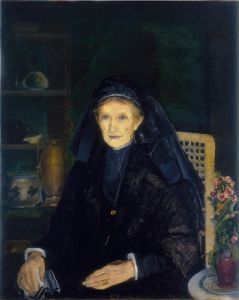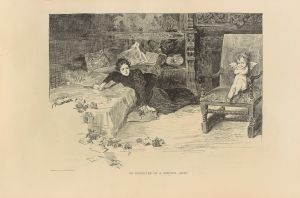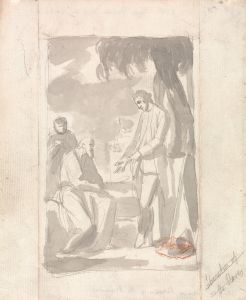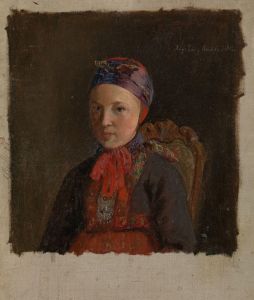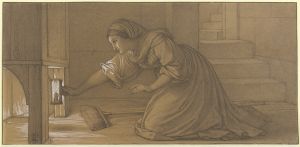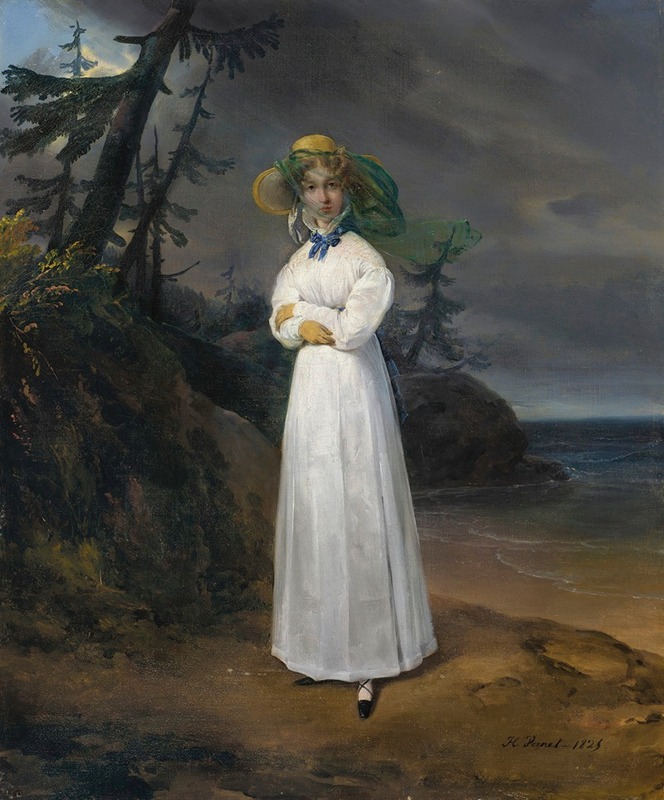
Portrait of the Widow Comtesse Jean-Henri-Louis Greffulhe, née Marie-Françoise-Célestine de Vintimille du Luc, later Comtesse Philippe-Paul de Ségur , in a Landscape
A hand-painted replica of Horace Vernet’s masterpiece Portrait of the Widow Comtesse Jean-Henri-Louis Greffulhe, née Marie-Françoise-Célestine de Vintimille du Luc, later Comtesse Philippe-Paul de Ségur , in a Landscape, meticulously crafted by professional artists to capture the true essence of the original. Each piece is created with museum-quality canvas and rare mineral pigments, carefully painted by experienced artists with delicate brushstrokes and rich, layered colors to perfectly recreate the texture of the original artwork. Unlike machine-printed reproductions, this hand-painted version brings the painting to life, infused with the artist’s emotions and skill in every stroke. Whether for personal collection or home decoration, it instantly elevates the artistic atmosphere of any space.
The painting Portrait of the Widow Comtesse Jean-Henri-Louis Greffulhe, née Marie-Françoise-Célestine de Vintimille du Luc, later Comtesse Philippe-Paul de Ségur, in a Landscape was created by the French artist Horace Vernet. Horace Vernet (1789–1863) was a prominent painter of the 19th century, known for his historical, military, and portrait works. He was a member of a distinguished family of artists and served as the director of the French Academy in Rome from 1829 to 1835.
This portrait depicts Marie-Françoise-Célestine de Vintimille du Luc, a French noblewoman who held the titles of Comtesse Jean-Henri-Louis Greffulhe and later Comtesse Philippe-Paul de Ségur. She was part of the French aristocracy during a period marked by significant political and social changes in France. The painting portrays her as a widow, which is reflected in her attire and the somber yet dignified tone of the composition. The inclusion of a landscape background is characteristic of Vernet's style, as he often integrated natural settings into his portraits to enhance the narrative and emotional depth of the subject.
The exact date of the painting's creation is not definitively documented, but it likely falls within Vernet's active career, which spanned the early to mid-19th century. The work exemplifies Vernet's skill in capturing the personality and status of his sitters, as well as his ability to balance realism with an idealized representation of his subjects.
The painting is notable for its historical and artistic significance, as it provides insight into the fashion, social customs, and portraiture of the French aristocracy during the 19th century. However, specific details about the commission, provenance, or current location of the painting are not widely documented in available sources.
As with many of Vernet's works, this portrait reflects his ability to combine technical precision with a sense of narrative, making it a valuable example of his contribution to French art. Further research into archival records or museum collections may provide additional information about this particular painting.





